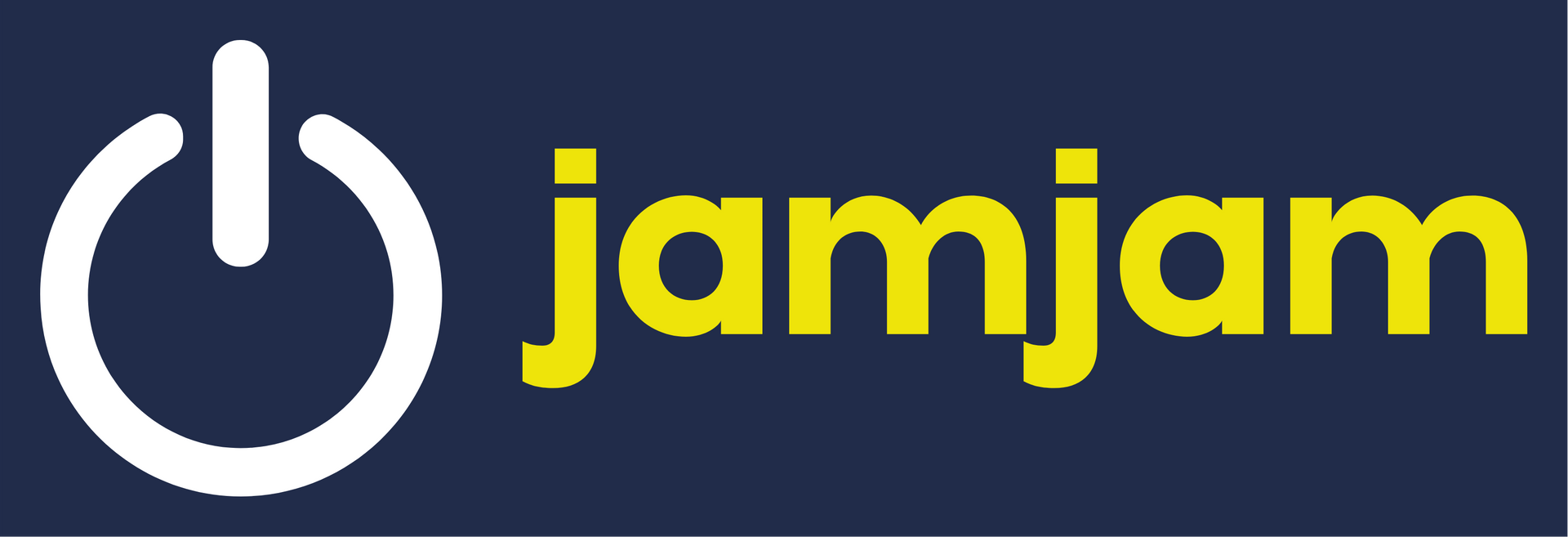Pyramid Power: how to make your points sharper
Pyramid thinking was popularised by Barbara Minto in the 1970s when she worked as a consultant at McKinsey & Company. She developed the Minto Pyramid Principle to help consultants structure their recommendations in a clear, logical, and persuasive way. The idea was to put the most important conclusion or message at the top, followed by supporting arguments, and then detailed evidence. This approach was revolutionary in the business world, where dense, complex reports often overwhelmed executives and decision-makers.
The roots of pyramid thinking, however, can be traced back to classical rhetoric, where speakers were taught to lead with their main argument to engage the audience early. The concept has since evolved and is now widely applied across different industries, from corporate presentations to journalism, helping people organise and communicate information effectively. Today, it’s an essential tool for anyone who needs to cut through information overload and ensuring that their most important ideas are delivered with clarity and impact.

Let’s face it, attention spans are short, and we all know the frustration of sitting through endless meetings or reading long emails that bury the important stuff under layers of fluff. That’s where pyramid thinking comes in—a simple, powerful way to structure your communication so you can get to the point quickly and keep people engaged.
What Is Pyramid Thinking?
Pyramid thinking is a way to organise your message so that the most important idea comes first, followed by the details that support it. Imagine flipping the traditional communication model upside down. Instead of building up to the point, you start with it, then fill in the background only if it’s needed.
Why Pyramid Thinking Is a Game-Changer
Pyramid thinking helps you zero in on what really matters. By leading with your main point, you give your audience instant clarity. No need to wade through background information—they get the key message right away, which saves time and ensures your point isn’t lost in the noise.
Organise Your Thinking to Be Convincing and Memorable
When your ideas are structured logically, they’re easier to remember and much more persuasive. Pyramid thinking organizes your message in a way that makes sense, building a strong foundation for your argument. Your audience will not only follow your reasoning but also retain it, which makes you more convincing.
Allow Flexibility in How and Where You Deliver Your Ideas
Whether you’re writing an email, delivering a presentation, or having a quick chat with your boss, pyramid thinking adapts. You can communicate your main idea first, then adjust how much detail you provide based on the situation. This flexibility makes pyramid thinking effective in any setting—whether formal or casual.
Boost Your Influence
By structuring your message so that the most important point is front and center, you make it easier for people to see the value in what you’re saying. Pyramid thinking makes your communication sharper, which in turn boosts your ability to influence decisions, get buy-in, and drive action.
Grow Your Credibility
When you communicate clearly and confidently, people trust you. Pyramid thinking helps you deliver well-organised, direct messages that project confidence and competence. This not only builds your credibility but also makes you a go-to person for important discussions and decisions.
Why YOU NEED TO MASTER PYRAMID THINKING Now
Mastering pyramid thinking isn’t just about getting your point across—it's about making your communication stand out in a world full of noise. By leading with clarity, structuring your ideas logically, and adapting to any situation, you not only grab attention but also build influence and credibility. Whether you’re pitching an idea, writing an important email, or leading a team meeting, pyramid thinking sets you apart as someone who communicates with purpose and impact.
Ready to level up your communication game? Start practicing pyramid thinking today and watch how it transforms the way people listen, understand, and respond to you. It’s time to take your ideas to the next level—because when you communicate better, you get results.
JamJam Blog on Executive Presence



